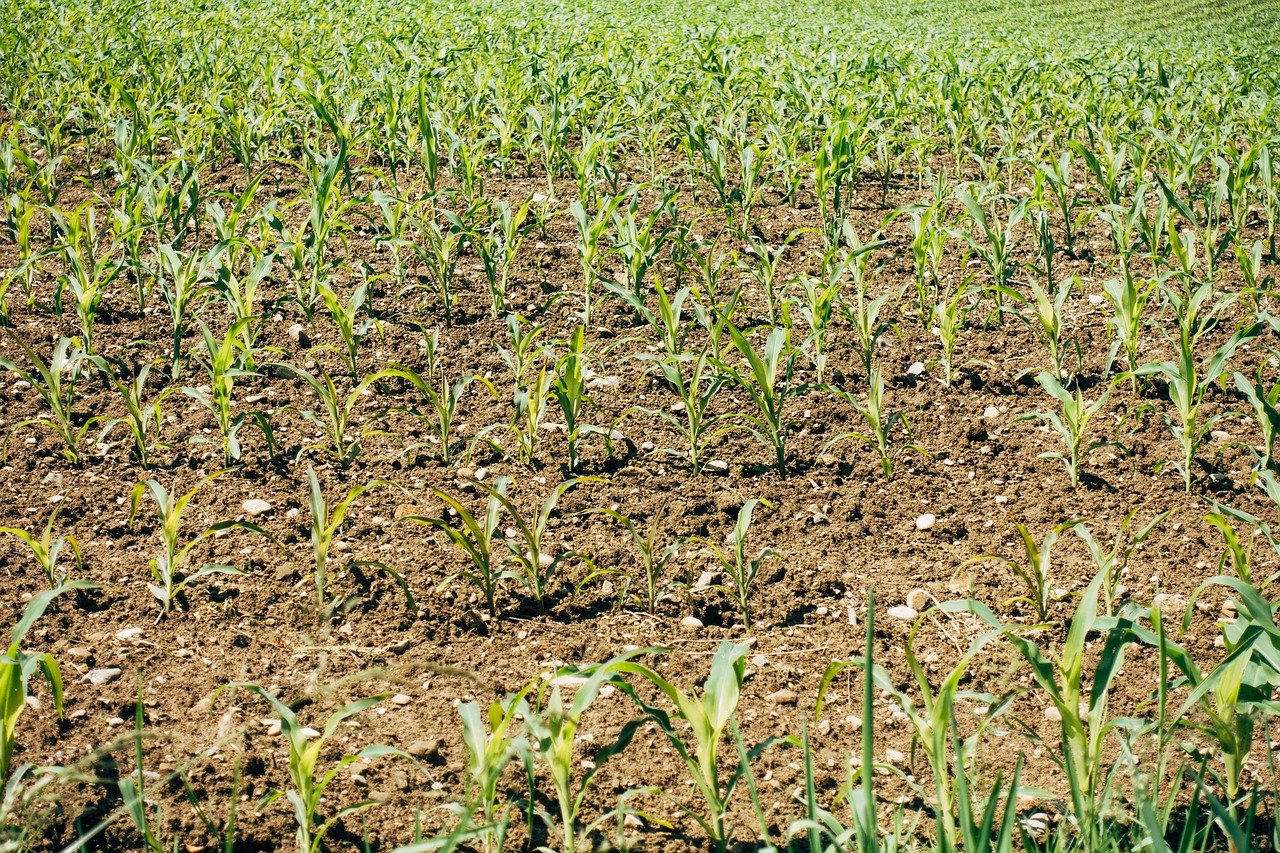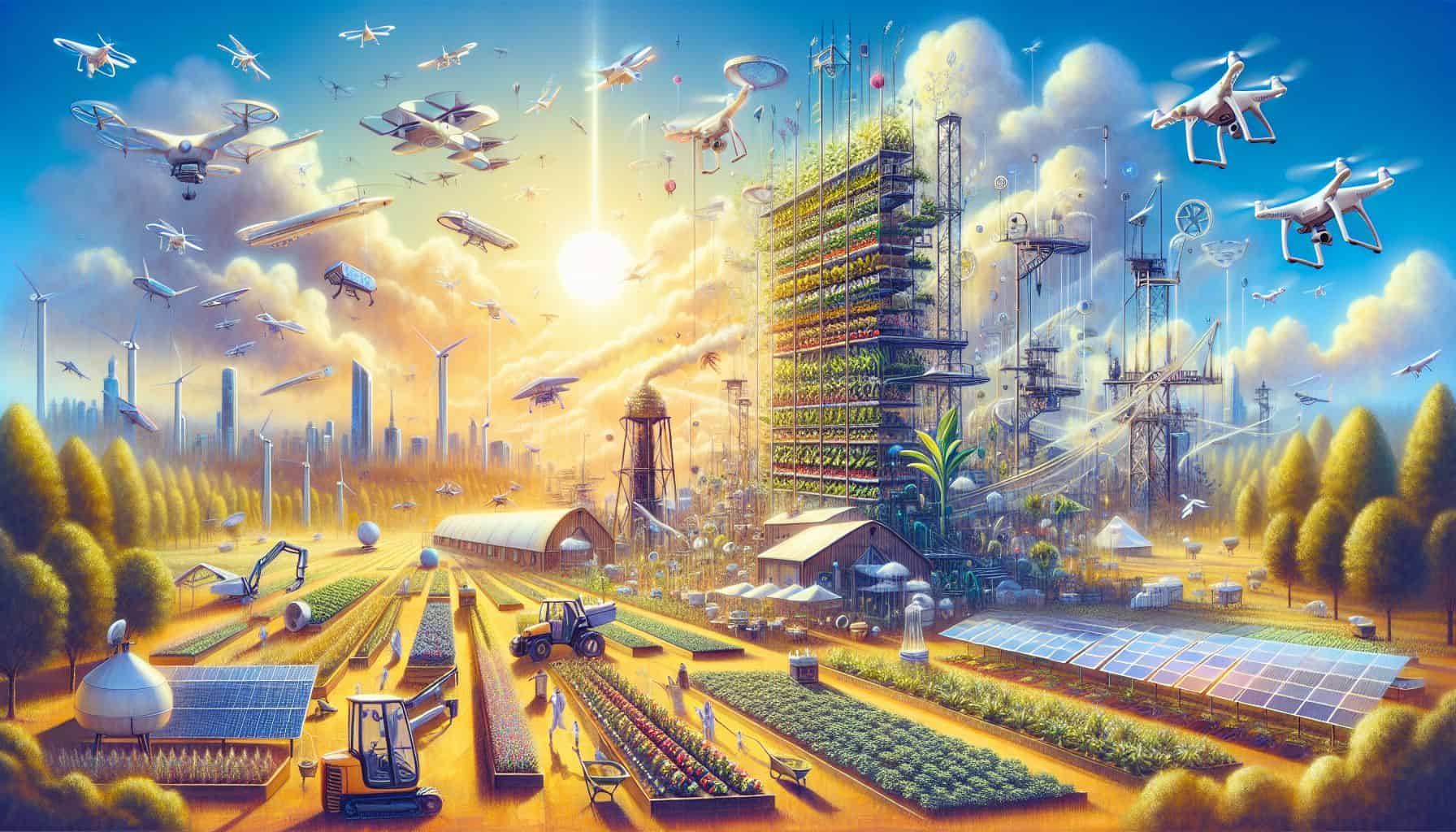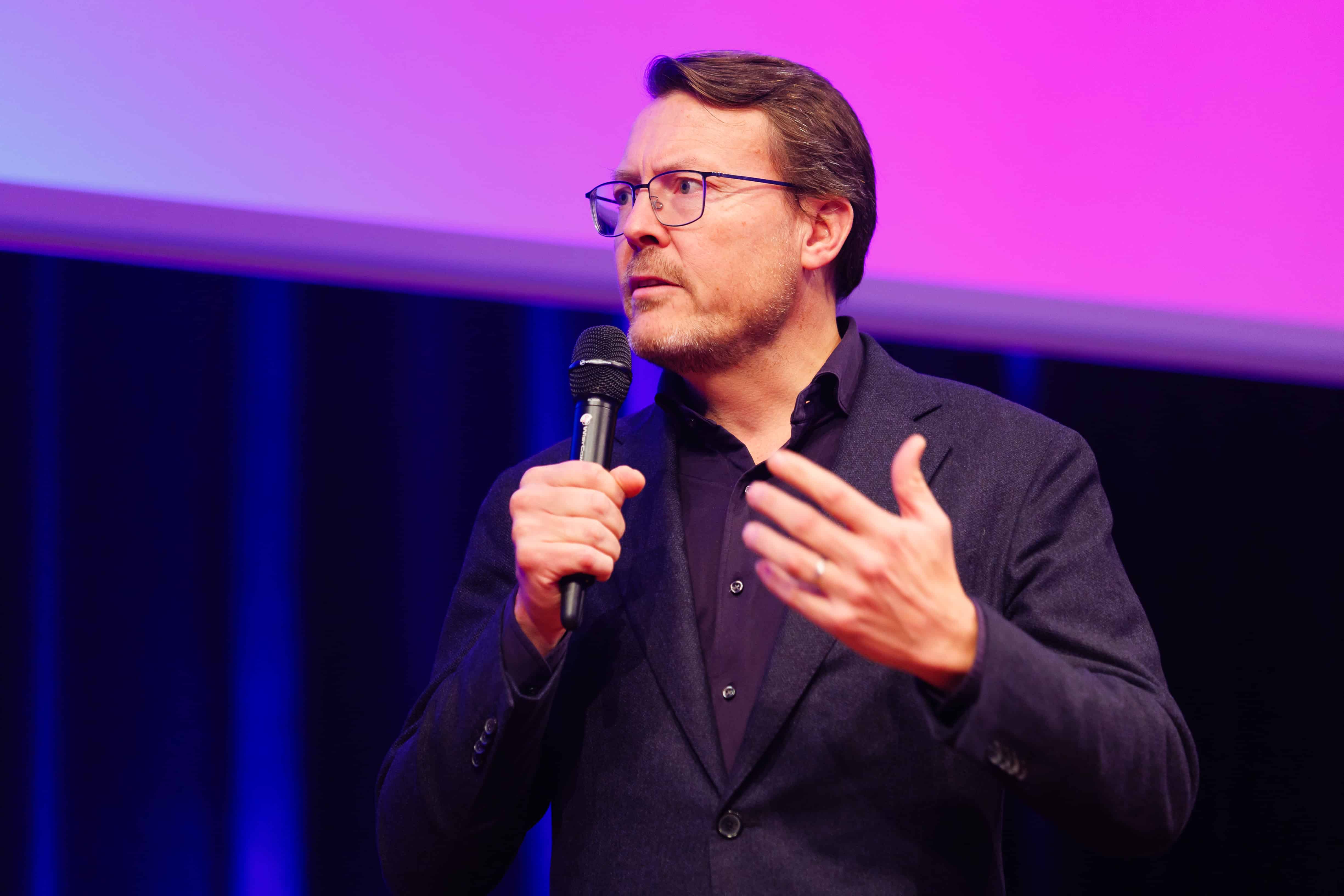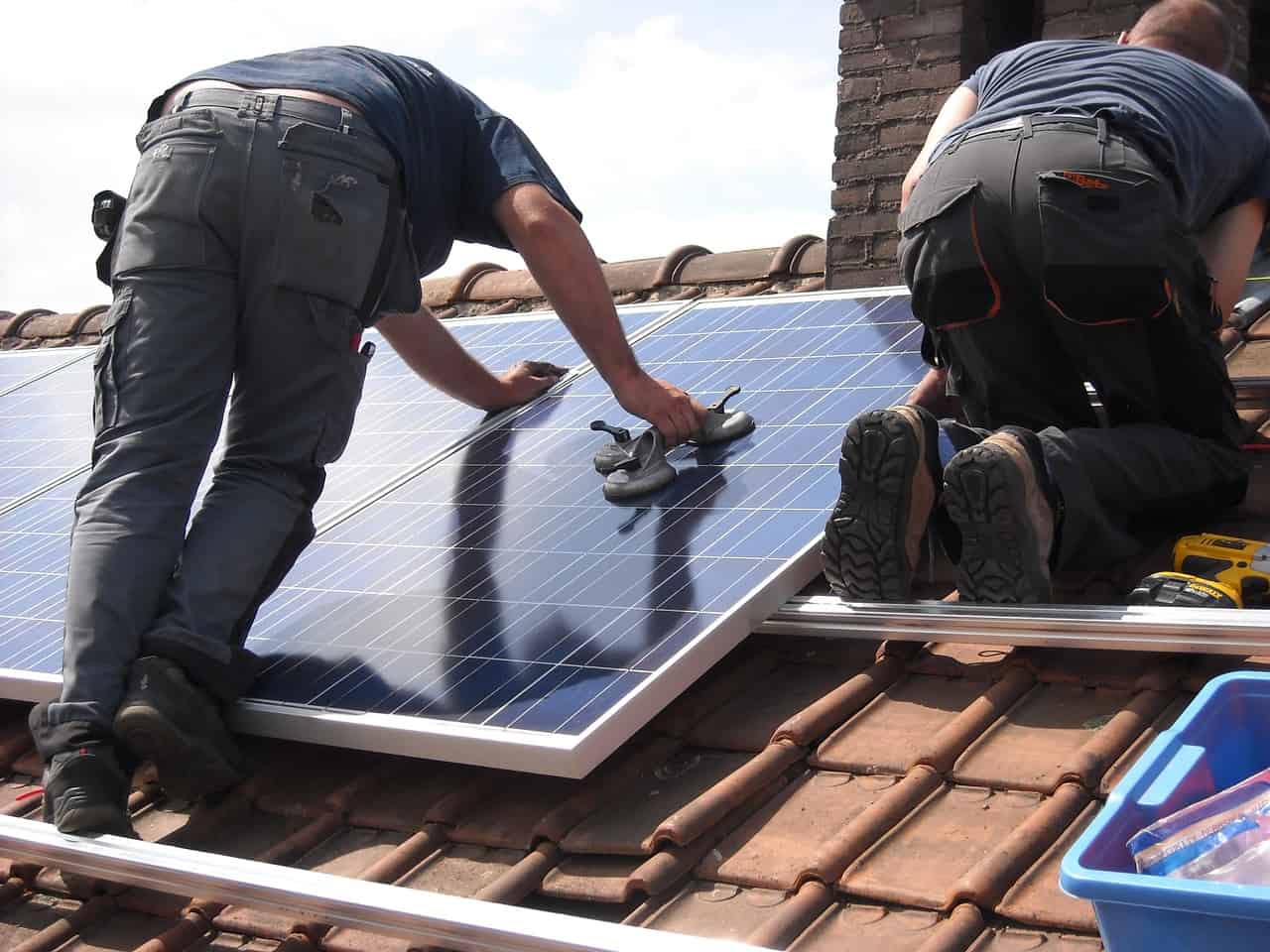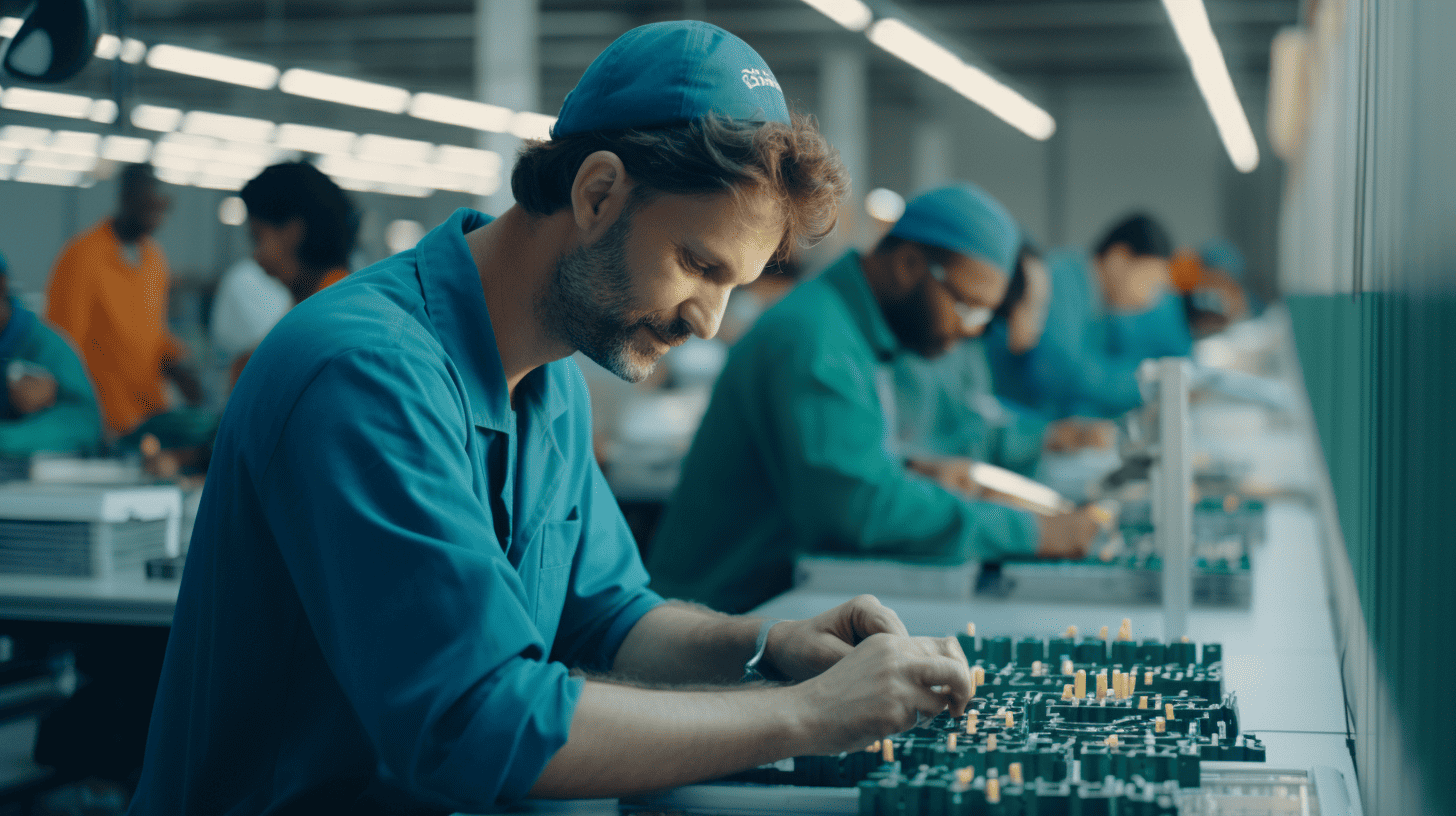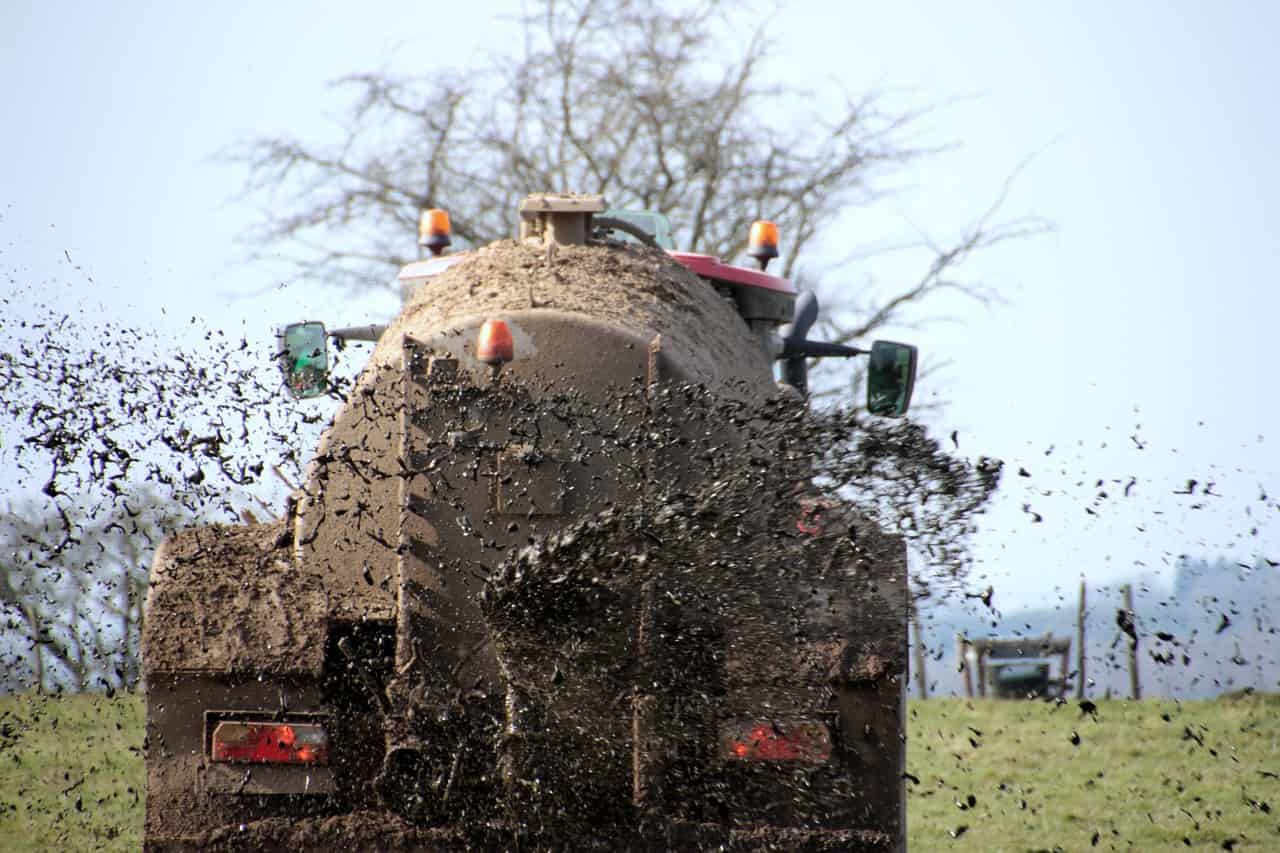
Dutch agriculture is facing a radical upheaval. The manure crisis is The Hague’s latest headache. Outgoing Minister Adema is working on a €3 billion buyout scheme for farmers. At the same time, farmers are struggling with a manure surplus of 10.5 billion liters while the European Commission is reviewing the manure policy. These developments threaten to depress dairy farmers’ incomes and further burden nature.
Why this is important:
We highlight three sustainable alternatives to manure, from fertilizer substitutes to innovative technologies, that can play a vital role in promoting environmentally friendly agriculture in the Netherlands. These solutions are crucial not only for addressing the manure issue but also for promoting sustainability and reducing agriculture’s impact on the environment.
Brussels determined last year that Dutch farmers’ exceptional position in the European manure policy is ending. In the Netherlands, farmers are allowed to apply extra manure because the grass here is relatively healthy and thus absorbs a lot of nutrients. However, the quality of surface water is at stake, so the European Commission has decided that from 2026, Dutch farmers must comply with the same rules as the rest of Europe. We listed three sustainable alternatives to manure that should ensure environmentally friendly agriculture.
1. Renure as a sustainable alternative
First, there is Renure, an artificial fertilizer substitute for animal manure. This product is currently awaiting approval by the European Commission. Renure stands for “REcovered Nitrogen from manURE” and contains nitrogenous fertilizer extracted from animal manure. It has the same effect as fertilizer but a lower risk of nitrate leaching, making it a more environmentally friendly alternative.
LTO Netherlands, the interest group for farmers and market gardeners, has been pushing for the approval of such fertilizer substitutes since 2008. The organization stresses the importance of the preconditions and elaboration of the European Commission’s proposals to determine whether Renure can contribute to a more sustainable agriculture.
2. Electricity as a food source
Another innovative concept is “feeding” plants with electricity. Researchers are working on an electrochemical process that converts nitrogen from the air into ammonia, an essential building block for plant growth. This process uses electric power, ideally from renewable sources, and could provide a sustainable alternative to the current production of ammonia, which accounts for a significant portion of global carbon emissions.
This method can potentially replace Haber-Bosch production of ammonia, which requires a lot of fossil fuels. It could allow farmers to produce ammonia locally and in a more sustainable way, which could positively impact manure surplus.
3. Making your own fertilizer with plasma technology
Worldwide, two percent of CO₂ emissions are due to ammonia production. The production is mainly done using the so-called Haber-Bosch process, developed at the beginning of the twentieth century. This process converts a mixture of nitrogen and hydrogen gas into ammonia through high temperature and pressure. Using natural gas as the source of hydrogen gas accounts for the significant CO₂ emissions. Scientists from KU Leuven and UAntwerpen have made a breakthrough in the search for a sustainable alternative to ammonia synthesis.
Professor Annemie Bogaerts (UAntwerpen): “A first threshold to produce ammonia is to split the nitrogen molecule N2. This is a very stable molecule. We use a plasma reactor instead of Haber-Bosch’s high temperatures and pressure. Our technology will not replace the Haber-Bosch process immediately, but it can provide a treasured addition in the short term.”
Unlike current ammonia production, which is done in a limited number of giant reactors, plasma technology can be deployed locally with small installations in various locations. Think of farmers in remote areas. They can use this technology, powered by solar or wind energy, to produce fertilizer.
